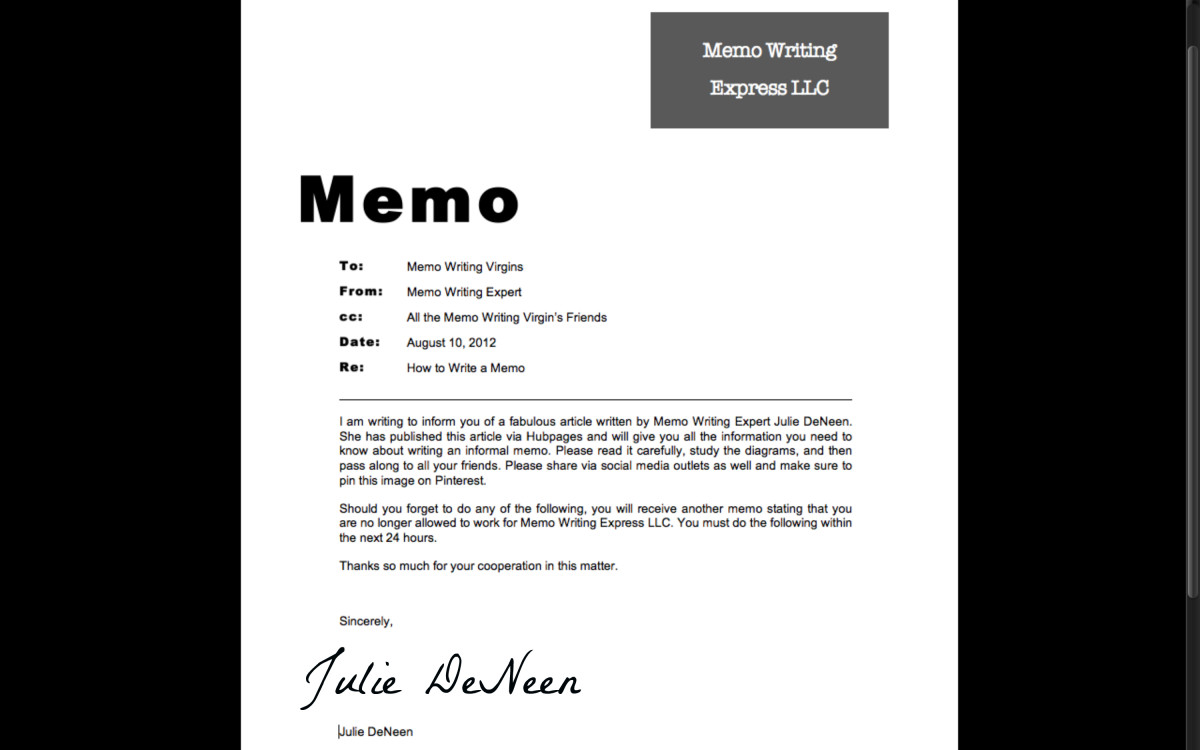The secrets of dynamic writing

“We have to continually be jumping off cliffs and developing our wings on the way down.”
― Kurt Vonnegut, If This Isn't Nice, What Is?: Advice for the Young
American novelist Kurt Vonnegut gave an apt description of the writing process. It is a dynamic, constant entity that involves some risk. That said, it also allows writers to grow.
Regardless of his experience, it always benefits him to tap into the secrets of dynamic writing.

What is good writing?
Writers differ on their definition of what dynamic writing is. There is no definite answer to this, but these writing elements may provoke some thought.
Writers put their pens to paper because they are trying to respond to other people and situations. Writers consider their reactions as well. They create a space for people to respond to ideas. Their writing also establishes a platform on which others can judge their skills. This is why dynamic writing entails knowledge of certain conventions.
Powerful writing is linear. Writers consider the flow of their words and thoughts. The writing process involves creating logical relationships and developing them into ideas that readers can receive. Writers must arrange their ideas so that their readers can make connections.
Dynamic writing is recursive. Writers constantly rewrite their ideas and paragraphs, refining them. They read their writing over again, constantly. Writers circle around their work and back.
Powerful writing is subjective. Writing is personal expression, with a writer's voice coming through. However, it takes objectivity into account. The writer must remember that another person evaluates his ideas and how he presents them. Rules of context, grammar and vocabulary apply.
Effective writing involves planning. A writer groups sentences into paragraphs, and makes choices about arranging them. He ponders over each thought. Each word and thought is deliberate. The result is a complex process that ends in moving a reader.
Which of these is the most important trait of good writing?
Why writing fails
It benefits a writer to avoid writing pitfalls. Prolific, esteemed writers like Stephen King have advice on how to avoid them.
They tell new writers to avoid focusing on writing too much. This puts quantity over quality. It is better to focus on a few points, and communicate them well.
It is also tempting to keep up with the latest writing trends. While a writing style is popular, it may not complement a writer's personality. Writing in a style that is not suitable is never a good decision.
While good grammar is important, a writer must remember to connect with his reader. Sacrificing this in lieu of perfect grammar causes a writer to lose his reader base.
To deliver all the information he can, writers may flood their pieces with long paragraphs and complex vocabulary. This is taxing on a reader's eyes and mind. They should keep paragraphs short. Simple words that are well-phrased work best.
The traits of good writing

How to write powerfully
These qualities have an idealistic ring to them. No writer can emulate them perfectly, but they can hone them by bearing a few pointers in mind.
The first of these tips is to remember the audience. This has often been said, but the rigors of writing often cause authors to overlook it. A writer must imagine himself as the reader of his work. He should think about what the reader wants to know, and how he intends to respond.
Thoughts need organization. A piece of writing always needs an introduction, body and conclusion. The introduction hooks a reader, while the body has substance and gives a writer's thoughts validity. Good writing has logic and structure.
Writers must master the art of description. This begins with a writer visualizing what he wants his reader to experience, and writing it on the page. They must describe situations and objects so that they ring with a reader.
A writer should make his work readable. This is especially true of writing for the internet. Readers will navigate away from an article if it is too full of complex ideas and vocabulary.
A writer's obligation is to keep his reader interested in his work. He can keep interest consistent with a steady flow of information. Expressions are plain, without being too simple.
With these secrets, writing can become dynamic and make its point emphatically. .








